A catastrophe period can have various effects on Christianity, depending on the
individual’s beliefs, experiences, and the nature of the catastrophe. For some, a
catastrophe can strengthen their faith and belief in God as they turn to religion to find
comfort, hope, and meaning in difficult times. It can also serve as a reminder of the
importance of community and coming together to support one another. On the other
hand, some individuals may question their faith and beliefs in the face of a catastrophe.
They may struggle to reconcile the idea of a loving God with the existence of such
tragedies, leading to doubts and a crisis of faith. Additionally, a catastrophe can also
impact the practical aspects of Christianity, such as church attendance and activities.
Restrictions on gatherings due to the catastrophe may lead to the closure of churches
or a shift towards online services. Ultimately, the effects of a catastrophe on Christianity
are complex and multifaceted, and vary depending on the individual and circumstances
involved.
What are the causes of a catastrophe period?
Catastrophes can have various causes, and they usually refer to any sudden and
widespread disaster or event that causes significant damage, loss of life, or disruption of
normal routine. Some common causes of catastrophes include:
1.Natural disasters: These include events such as earthquakes, hurricanes, wildfires,
floods, and other extreme weather conditions that can cause widespread damage and
loss of life.
2. Human error or negligence: Catastrophes can also be caused by human mistakes
or negligence, such as oil spills, industrial accidents, or nuclear plant meltdowns.
3. Terrorism: Acts of terrorism such as bombings, shootings, or other violent attacks
can cause significant damage and loss of life.
4. Pandemics: The outbreak of a deadly virus or disease can also be considered a
catastrophe, as it can cause a widespread impact on public health and the economy.
5. War or conflict: Wars or conflicts can lead to large-scale destruction, displacement
of people, and loss of life. Overall, catastrophes can have a wide range of causes, and
they can have a significant impact on individuals, communities, and even entire nations.
What are the position of people vis à vis catastrophes?
People can have different positions and responses to catastrophes, depending on
various factors such as their personality, beliefs, experiences, and the nature of the
catastrophe itself. Here are some possible positions people can take:
1. Victim: Individuals who have experienced personal loss or harm during the
catastrophe may see themselves as victims, and may require support and assistance to
recover.
2. Rescuer: Some people may feel a sense of responsibility to help others during a
catastrophe, and may take on the role of a rescuer and provide aid and support to those
in need.
3. Survivor: Individuals who have lived through a catastrophe but were not directly
harmed may see themselves as survivors, and may feel a sense of gratitude and
appreciation for life.
4. Denial: Some people may deny or minimize the significance of the catastrophe,
either as a coping mechanism or due to a lack of awareness or understanding of the
situation.
5. Anger: Others may feel angry or frustrated at the situation, the circumstances that
led to the catastrophe, or the response of authorities or society. Overall, people can
have different positions and feelings towards catastrophes, and it is important to
acknowledge and respect these diverse perspectives in order to promote healing and
recovery.
What are the causes of catastrophes in Rubavu?
Rubavu is a district located in Western Rwanda, and like any other region, it can
experience various types of catastrophes. Some of the common causes of catastrophes
in Rubavu include:
1. Natural disasters: Rubavu is located in a region that is prone to earthquakes, floods,
and landslides, which can cause significant damage to infrastructure, homes, and loss
of life.
2. Human activities: Human activities such as deforestation, illegal mining, and poor
waste management practices can lead to environmental degradation and soil erosion,
which can increase the risk of landslides and flooding.
3. Infectious diseases: Rubavu is a border town that is prone to outbreaks of infectious
diseases such as cholera and Ebola due to its proximity to neighboring countries such
as the Democratic Republic of Congo.
4. Road accidents: Rubavu is located on a major highway that connects Rwanda to the
neighboring countries, and as such, it is prone to road accidents that can cause
significant loss of life and property damage. To prevent catastrophes in Rubavu, it is
important to take measures such as enforcing building codes and regulations,
promoting reforestation and sustainable land use practices, improving waste management, and investing in public health programs to prevent the spread of
infectious diseases.
How the river of Sebeya is problematic to the people of Rubavu?
The Sebeya River is a significant waterway that flows through Rubavu district in
Western Rwanda. However, it can also be problematic to the people living in the area
due to several reasons, including:
1. Flooding: The Sebeya River is known to cause floods in the surrounding areas
during the rainy season, which can lead to significant damage to homes, infrastructure,
and crops.
2. Soil erosion: Uncontrolled soil erosion is also a problem in the Sebeya River basin,
as it can lead to sedimentation of the river, which can reduce the water quality and
quantity, affecting irrigation and drinking water supply.
3. Pollution: The Sebeya River is also vulnerable to pollution from human activities
such as discharge of untreated sewage, industrial waste, and agricultural runoff, making
the water unsafe for human consumption. 4. Water-borne diseases: Due to the pollution
and flooding, people who depend on the Sebeya River for water may be at risk of water-
borne diseases such as cholera, typhoid, and dysentery. To mitigate the problems
associated with the Sebeya River in Rubavu, it is important to take measures such as
implementing proper waste management practices, enforcing regulations on agricultural
practices, and ensuring access to safe drinking water. Additionally, measures such as
building flood protection infrastructure and reforestation can help reduce the impact of
flooding and erosion.
Recently the Sebeya River had caused significant damage to homes, infrastructure, and
crops during the rainy season. More than 3500 homes completely destroyed and more
than 200 people died. This is due to its tendency to cause floods, which can be
particularly devastating when they occur in urban or residential areas. The destruction
of homes and infrastructure was very disruptive to the lives of people living along the
Sebeya River, and it will take a significant amount of time and resources to repair the
damage. This will also impact the local economy, as businesses may be temporarily or
permanently shut down due to the damage. To prevent or mitigate the impact of such
catastrophes in the future, it is important to take measures such as enforcing building
codes and regulations, promoting sustainable land use practices, improving waste
management, and investing in flood protection infrastructure. Additionally, early warning systems and emergency response plans can help alert people to impending floods and provide guidance on how to stay safe and minimize damage.


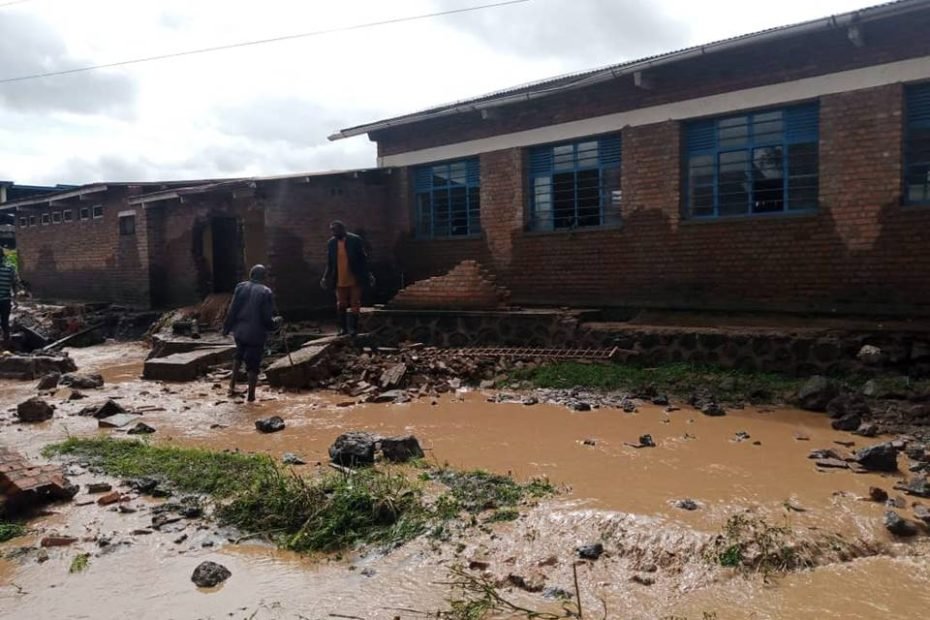
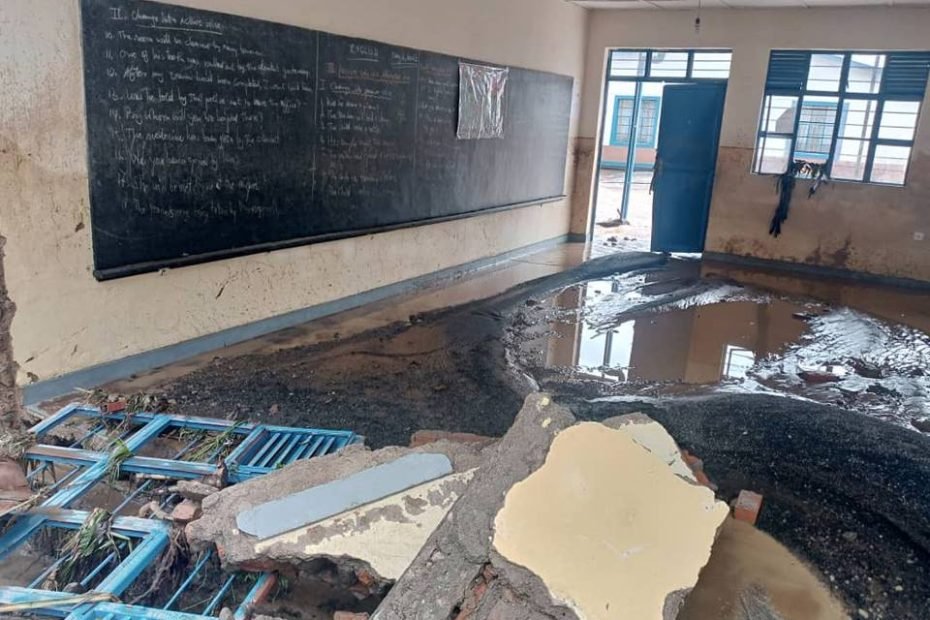

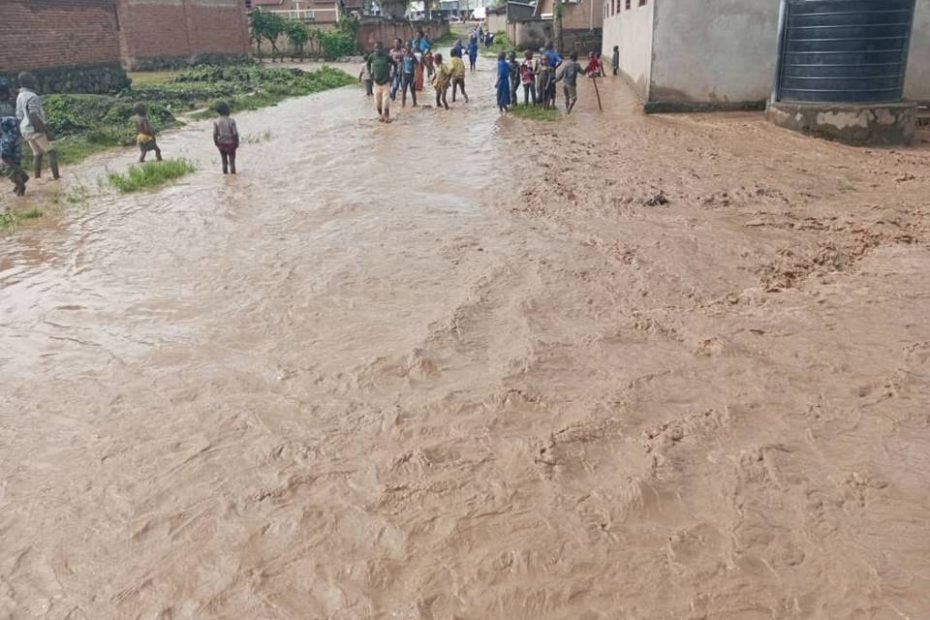
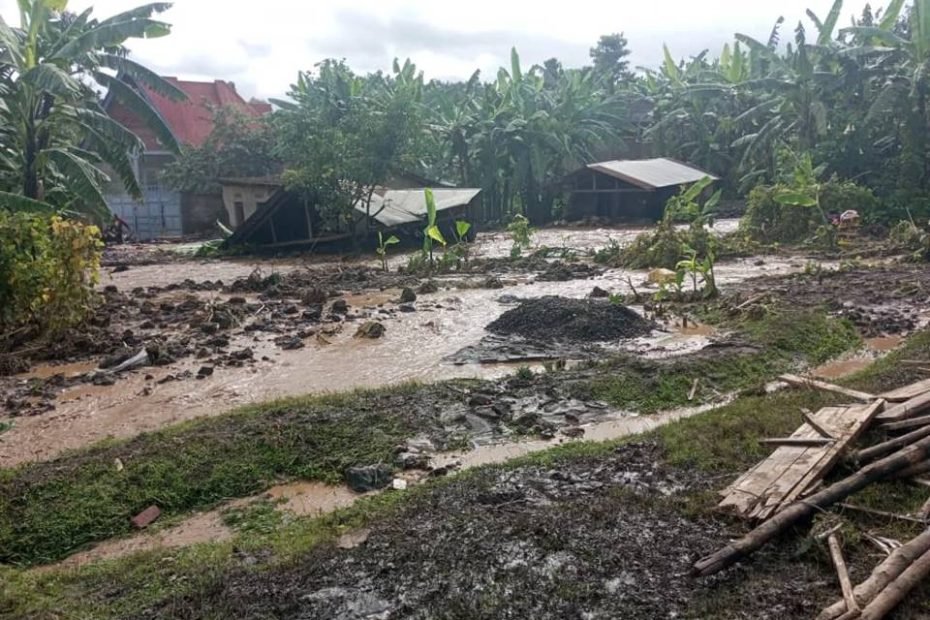
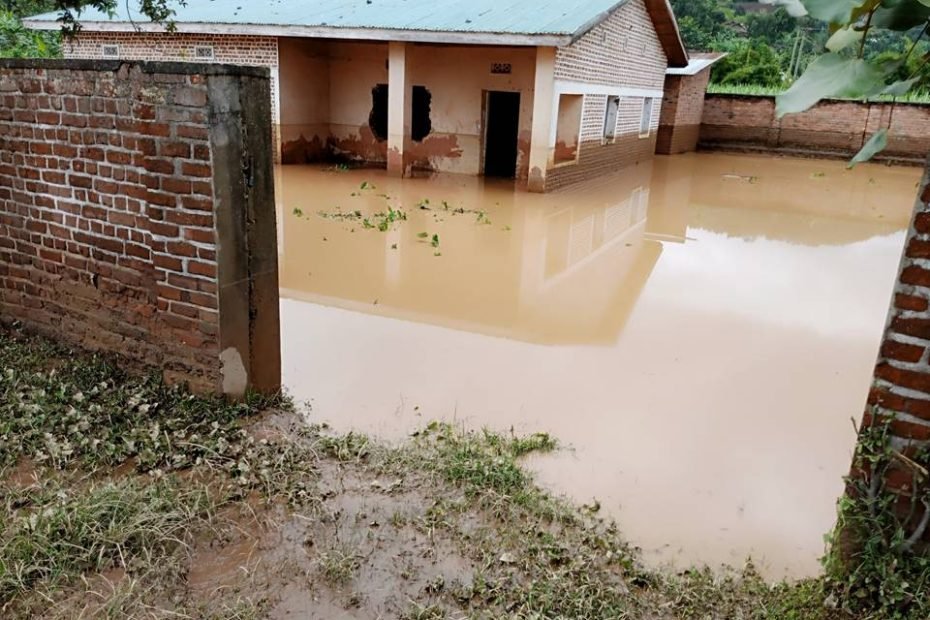
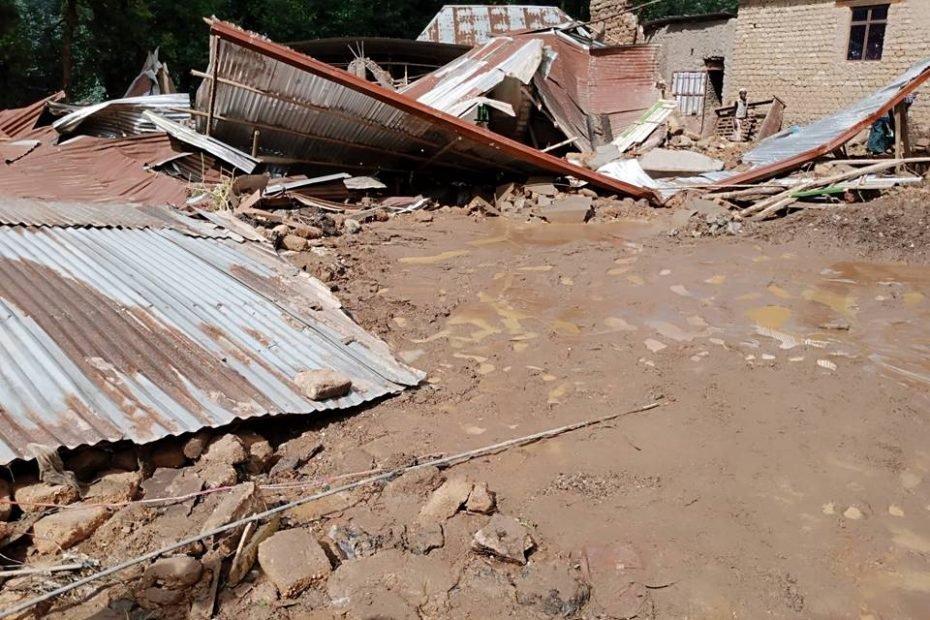

Recent Comments